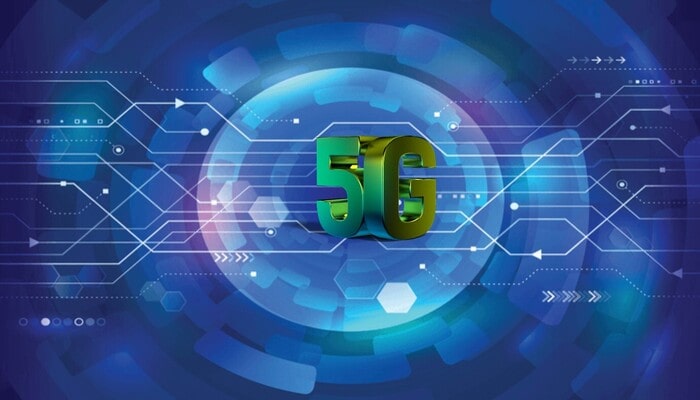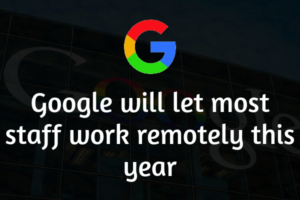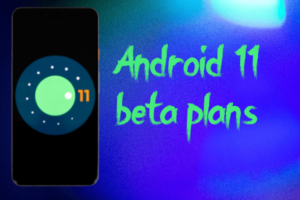
How 5G is the effect on the Computing landscape
A study suggests that between the amount of 2015 and 2025 75.44 billion devices are going to be connected to the web. The appliance of IoT in a huge selection of fields has resulted in significantly exaggerated demand these days. IoT is categorized into 2 totally different categories: Massive IoT and Critical IoT. Massive IoT has the necessity of a low cost, low energy and big quantity of devices, whereas critical IoT needs responsibility, low latency, and high accessibility.
Currently, 4G is making IoT possible and can be in the course of future technology – 5G.
5G brings many technical advantages to the table. Some necessary factors are a broad range of frequency spectrum, Massive multiple-input, and multiple-output (MIMO) technology enabling high data transmission, and tiny cells, enabling mobile broadband and low latency. Device-to-device communication (less dependency on the infrastructure), network slicing (minimal hardware and multiple layers of network services) and performance improvement (in terms of bandwidth) also are extremely cited.
Standards charted
There are a couple of use cases, that IoT demands specifically, like handling a big variety of connected devices, high reliable communication, and improved performance in terms of service usability. To fulfill these necessities 3GPP introduced 2 new standards: NB-IoT and LTE-M, which are already thought of a part of 5G technology. 5G provides the appropriate infrastructure for the ever-increasing IoT market. 5G is foretold to supply speed up to 20Gbps, taking property to an entirely new level, with the technology bit by bit being auctioned by cellular service suppliers and already adopted in some countries.
In developed countries, smart cities’ are already accomplished and are moving in that direction quickly. In Europe, it’s already been proclaimed that a minimum of one town in every country should try 5G.
One of the challenges for a service like 5G is the preparation in an already existing situation. This is often wherever little cell antennas, as an example, will prove useful. In smart cities, the density of smart devices is going to be an important challenge. 5G will prove once more useful with it’s expected to support a million devices per sq. km. 5G can enable smart cities to grasp their goals.
Smart cities can offer infrastructure for alternative connected objects like connected cars. A recent report estimates that around 70% of vehicles are going to be connected to the web by 2023. In the close to future self-driving cars are going to rule the automotive market. These cars need a net property for maintenance and energy-efficient sensors. 5G can facilitate rework this challenge within the automotive world in the future.
Even if 5G can bring several advantages to the present IoT market you to buy also will need to overcome the safety issue.
Cybersecurity plays an important role in an enterprise network. With such an infrastructure where billions of devices are connected, it’s hard to make sure the safety on each level. There has been a rise in cyberattacks in recent years, that is why it’s vital to secure telecoms networks the maximum amount as attainable. Although 5G provides several benefits, it’s also vital to check and realize the potential threats concerned in it.
Conclusion
The demand for 5G technology is increasing and it fits absolutely within the IoT landscape. As each new technology, it additionally has to be completely tested and rolled at the proper time. Each potential device that we tend to use these days needs net property from sensible watches to sensible homes, cell phones, conveyance, entertainment systems and also the list goes on. The IoT market can naturally embrace 5G technology with open arms and act as a game-changer for various stakeholders and technologies.



